 W
WGennadii Vladimirovich Belyi was a Soviet, Ukrainian, and Russian mathematician, known for Belyi's theorem on the representation of algebraic curves as Riemann surfaces and for the Belyi functions arising in that theorem.
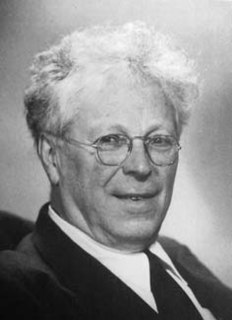 W
WAbram Samoilovitch Besicovitch was a Russian mathematician, who worked mainly in England. He was born in Berdyansk on the Sea of Azov to a Karaite Jewish family.
 W
WBoris Yakovlevich Bukreev Russian: Борис Яковлевич Букреев was a Russian and Soviet mathematician who worked in the areas of complex functions and differential equations. He studied Fuchsian functions of rank zero. He was interested in projective and non-Euclidean geometry. He worked on differential invariants and parameters in the theory of surfaces, and also wrote many papers on the history of mathematics.
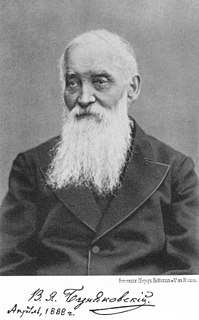 W
WViktor Yakovlevich Bunyakovsky was a Russian mathematician, member and later vice president of the Petersburg Academy of Sciences.
 W
WNikolai Grigorievich Chebotaryov was a Russian and Soviet mathematician. He is best known for the Chebotaryov density theorem.
 W
WJoseph Dzhun Volodymyrovych is a Ukrainian scientist, astronomer, and academician who was born in Cherniakhiv, Zhytomyr, Ukraine. He graduated from Lviv Polytechnical Institute.
 W
WTatjana (Tanja) Eisner is a German and Ukrainian mathematician specializing in functional analysis, operator theory as well as ergodic theory and its connection to number theory. She is a professor of mathematics at Leipzig University.
 W
WValery Ivanovich Glivenko was a Soviet mathematician. He worked in foundations of mathematics, real analysis, probability theory, and mathematical statistics. He taught at Moscow Industrial Pedagogical Institute until his death at age 43. Most of Glivenko's work was published in French.
 W
WVictor Mikhailovich Glushkov was a Soviet mathematician, the founding father of information technology in the Soviet Union and one of the founding fathers of Soviet cybernetics.
 W
WAnatolii Asirovich Goldberg was a Soviet and Israeli mathematician working in complex analysis. His main area of research was the theory of entire and meromorphic functions.
 W
WDmitry Aleksandrovich Grave was a Russian and Soviet mathematician.
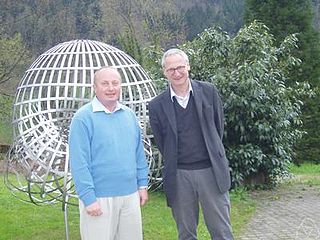 W
WRostislav Ivanovich Grigorchuk is a Soviet and Russian mathematician working in the area of group theory. He holds the rank of Distinguished Professor in the Mathematics Department of Texas A&M University. Grigorchuk is particularly well known for having constructed, in a 1984 paper, the first example of a finitely generated group of intermediate growth, thus answering an important problem posed by John Milnor in 1968. This group is now known as the Grigorchuk group and it is one of the important objects studied in geometric group theory, particularly in the study of branch groups, automata groups and iterated monodromy groups.
 W
WAlexey Ivakhnenko ; was a Soviet and Ukrainian mathematician most famous for developing the Group Method of Data Handling (GMDH), a method of inductive statistical learning, for which he is sometimes referred to as the "Father of Deep Learning".
 W
WSvetlana Yakovlevna Jitomirskaya is a Soviet-born American mathematician working on dynamical systems and mathematical physics. She is a distinguished professor of mathematics at the University of California, Irvine. She is best known for solving the ten martini problem along with mathematician Artur Avila.
 W
WYuri Kondratiev is a Ukrainian mathematician, professor at the Bielefeld University, Germany.His research interests include functional analysis, mathematical physics and stochastic calculus. Y. Kondratiev is a member of the Kyiv school of functional analysis founded by M. Krein and lead, for many years, by Y. Berezansky. His interests in mathematical physics were inspired by cooperation with the Moscow seminar in statistical Physics. Yuri's collaboration with A. Skorokhod has influenced most of his subsequent papers on stochastics.
 W
WVolodymyr Koshmanenko — Ukrainian mathematician, Doctor of Science, professor, Leading Researcher of the Institute of Mathematics of the NAS of Ukraine.
 W
WMark Alexandrovich Krasnoselsky was a Soviet, Russian and Ukrainian mathematician renowned for his work on nonlinear functional analysis and its applications.
 W
WMykhailo Pylypovych Kravchuk, also Krawtchouk, was a Soviet Ukrainian mathematician and the author of around 180 articles on mathematics.
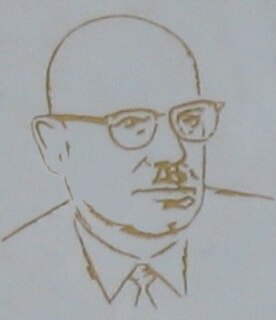 W
WMark Grigorievich Krein was a Soviet Jewish mathematician, one of the major figures of the Soviet school of functional analysis. He is known for works in operator theory, the problem of moments, classical analysis and representation theory.
 W
WEvgenii Mikhailovich Landis was a Soviet mathematician who worked mainly on partial differential equations.
 W
WAri Laptev is a mathematician working on the spectral theory of partial differential equations.
 W
WVolodymyr Levytsky was a Ukrainian mathematician who taught mathematics and studied functions of a complex variable.
 W
WLillian Rosanoff Lieber was a Russian-American mathematician and popular author. She often teamed up with her illustrator husband, Hugh Gray Lieber, to produce works.
 W
WAleksandr Mikhailovich Lyapunov was a Russian mathematician, mechanician and physicist. His surname is variously romanized as Ljapunov, Liapunov, Liapounoff or Ljapunow. He was the son of astronomer Mikhail Lyapunov and the brother of pianist and composer Sergei Lyapunov.
 W
WMikhail Lyubich is a mathematician who made important contributions to the fields of holomorphic dynamics and chaos theory.
 W
WMikhail Vasilyevich Ostrogradsky was a mathematician, mechanician and physicist of Ukrainian Cossack ethnicity working in the Russian Empire. Ostrogradsky was a student of Timofei Osipovsky and is considered to be a disciple of Leonhard Euler, who was known as one of the leading mathematicians of Imperial Russia.
 W
WAlexander Markowich Ostrowski was a mathematician.
 W
WLeonid Andreevich Pastur is a Ukrainian mathematical physicist and theoretical physicist, known in particular for contributions to random matrix theory, the spectral theory of random Schrödinger operators, statistical mechanics, and solid state physics. Currently, he heads the Department of Theoretical Physics at the B Verkin Institute for Low Temperature Physics and Engineering.
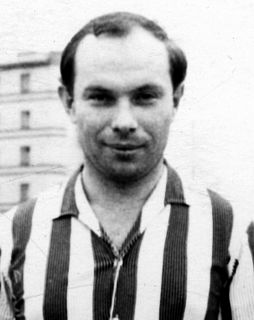 W
WYuri Ivanovich Petunin was a Soviet and Ukrainian mathematician. Petunin was born in the city of Michurinsk (USSR) on September 30, 1937. After graduating from the Tambov State Pedagogical Institute he began his studies at Voronezh State University under the supervision of S.G Krein. He completed his postgraduate studies in 1962, and in 1968 he received his Doctor of Science Degree, the highest scientific degree awarded in the Soviet Union. In 1970 he joined the faculty of the computational mathematics department at Kyiv State University.
 W
WGeorgii Pfeiffer also Yurii Pfeiffer was a Ukrainian and Soviet mathematician. Pfeiffer worked on partial differential equations.
 W
WLeonid Ivanovych Plyushch was a Ukrainian mathematician and Soviet dissident.
 W
WAlexander Andreevich Samarskii was a Soviet and Russian mathematician and academician, specializing in mathematical physics, applied mathematics, numerical analysis, mathematical modeling, finite difference methods.
 W
WOleksandr Mykolayovych Sharkovsky is a prominent Ukrainian mathematician most famous for developing Sharkovsky's theorem on the periods of discrete dynamical systems in 1964.
 W
WVadym Slyusar — Soviet and Ukrainian scientist, Professor, Doctor of Technical Sciences, Honored Scientist and Technician of Ukraine, founder of tensor-matrix theory of digital antenna arrays (DAAs), N-OFDM and other theories in fields of radar systems, smart antennas for wireless communications and digital beamforming.
 W
WAlexey Petrovich Stakhov is a Ukrainian mathematician, inventor and engineer, who has made contributions to the theory of Fibonacci numbers and the "Golden Section" and their applications in computer science and measurement theory and technology. Doctor of Computer Science (1972), Professor (1974). Author of over 500 publications, 14 books and 65 international patents.
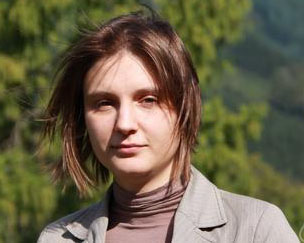 W
WMaryna Sergiivna Viazovska is a Ukrainian mathematician known for her work in sphere packing. She is currently full professor at the Chair of Number Theory at Institute of Mathematics of École Polytechnique Fédérale de Lausanne in Switzerland.
 W
WGeorgy Feodosevich Voronoy was a Ukrainian mathematician noted for defining the Voronoi diagram.